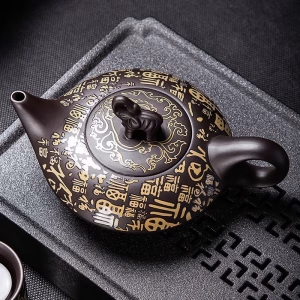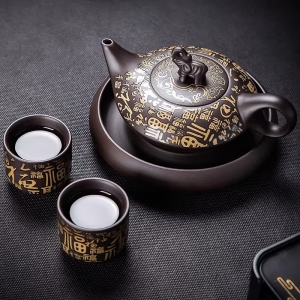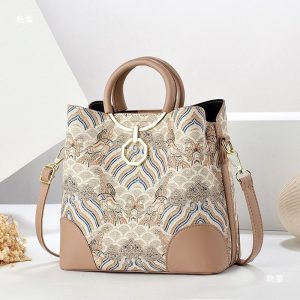The Ancient Roots of Artisan Home AccentsLong before mass production, every handcrafted home object carried layers of meaning. Indigenous tribes wove protective symbols into Navajo rugs, while West African Adinkra stamps conveyed proverbs through geometric patterns. In India, kolam rice flour designs at doorways weren’t merely decorative—they served as sacred invitations to Lakshmi, the goddess of prosperity. These traditions reveal how our ancestors transformed functional items into narrative objects, embedding spiritual beliefs and community values into everyday surfaces. The repetitive motions of carving, weaving, or painting became meditative acts that connected makers to their cultural lineage.
 Handmade%20Cultural%20Home%20D%C3%A9cor&sig=450590" alt="Close-up of hands carving traditional symbols into wooden home décor" loading="lazy" decoding="async" referrerpolicy="no-referrer" style="max-width:100%;height:auto;">
Handmade%20Cultural%20Home%20D%C3%A9cor&sig=450590" alt="Close-up of hands carving traditional symbols into wooden home décor" loading="lazy" decoding="async" referrerpolicy="no-referrer" style="max-width:100%;height:auto;">Colonialism’s spread threatened many of these practices, yet resilient artisans adapted. Mexican Talavera pottery absorbed Moorish influences after Spanish conquest, while still maintaining its distinctive blue cobalt motifs representing local flora. Similarly, when British textile mills flooded Indian markets, the Kutch region responded with bold mirror work embroidery—a defiant preservation of identity. Today’s revival of these techniques speaks to our collective longing for authenticity in an increasingly homogenized world.
Decoding the Hidden Language of HandcraftsContemporary homeowners often unknowingly display powerful symbols. A Turkish evil eye (nazar) pendant above a doorway continues an ancient Mediterranean tradition of warding off envy’s ‘malicious gaze.’ Balinese carved wooden panels featuring intertwined dragons symbolize the cosmic balance between opposing forces. Even the colors hold significance: indigo-dyed Sudanese cushions don’t just resist fading—their deep blue represents wisdom and spiritual protection in many African cultures.
Industry reports suggest the global artisan décor market has grown around 6%–12% annually as consumers seek meaningful alternatives to generic big-box furnishings. This resurgence isn’t merely aesthetic; it reflects a growing awareness that surrounding ourselves with intention-rich objects can transform living spaces into sanctuaries. A Berber rug’s diamond motifs aren’t abstract—they map water sources and mountain passes, turning floors into storytelling canvases. Similarly, Japanese boro patchwork textiles celebrate imperfection (wabi-sabi) through visible mends that honor an item’s history rather than disguising wear.
The most profound cultural pieces often blur the line between décor and ritual object. Thai spirit houses miniature dwellings placed near homes continue an animist tradition of providing shelter for displaced entities. Ukrainian pysanky eggs, with their intricate wax-resist patterns, were originally created as talismans against natural disasters. When we incorporate such items thoughtfully, we don’t just accessorize our homes—we participate in living traditions that have weathered centuries of change.
You may also like
Aladdin’s Lamp Heat-Change Purple Clay Tea Pot
Original price was: $108.00.$78.00Current price is: $78.00. Add to cartThe Palace Museum Paper-Cut Light Art Fridge Magnets: Chinese Cultural Style Creative Gift Series
Price range: $27.00 through $36.00 Select options This product has multiple variants. The options may be chosen on the product pageBambooSoundBoost Portable Amplifier
Original price was: $96.00.$66.00Current price is: $66.00. Add to cartGuangxi Zhuang Brocade Handmade Tote – Ethnic Boho Large-Capacity Shoulder Bag
Original price was: $172.00.$150.00Current price is: $150.00. Add to cartAncient Craftsmanship & ICH Herbal Beads Bracelet with Yellow Citrine & Silver Filigree Cloud-Patterned Luck-Boosting Beads
Original price was: $128.00.$89.00Current price is: $89.00. Add to cartHandwoven Zhuang Brocade Tote Bag – Large-Capacity Boho Shoulder Bag
Original price was: $178.00.$154.00Current price is: $154.00. Add to cart












